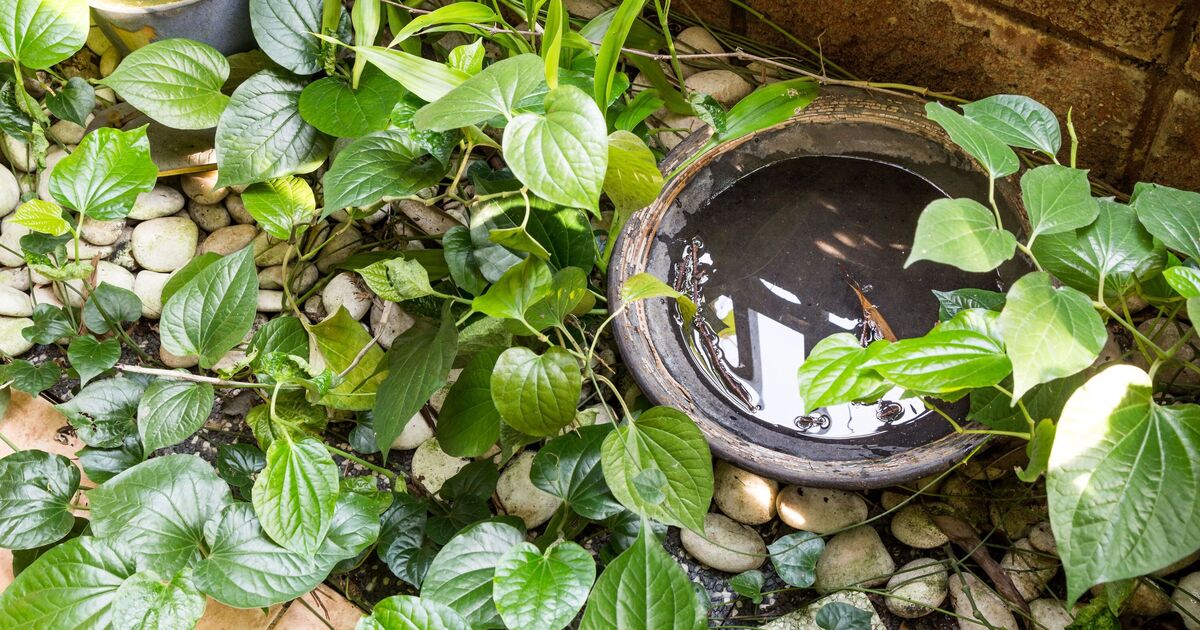Gardeners are being urged to place a bowl of water in their garden this month in order to create an insect and bee watering station.
With the summer heat returning for one last hurrah before we head into autumn, bees and other pollinators may struggle this weekend thanks to the high temperatures.
Bees, insects, and even wasps play a vital role in our ecosystem by pollinating plants, and it’s important to encourage their presence in our gardens.
The World Wildlife Foundation has warned bumblebee numbers are in serious decline because of habitat loss due to a slew of factors: pesticides, pollution and of course, climate change.
This has led to a number of organisations calling for people to place bee watering stations in their gardens.
Chief Adviser for Wildlife at WWF, Paul De Ornellas suggests: “Provide a shallow tray of water, with pebbles, branches or bark above the water level for bees to rest on as they drink.”
He also advises planting flowers in shaded areas, as this will keep the bees out of direct sunlight during the hottest periods.
To create an insect watering station, the gardeners at Mud and Bloom point out that you’ll need to choose a suitable vessel for your water, adding that a shallower dish will need topping up much more often while a deeper one will require more pebbles to fill it up.
They continued: “Place your pebbles in your dish – this will give insects a safe place to access the water from. You can also add things like shells or pine cones to your dish.
“Try to avoid things like marbles or glass pebbles as they can be too smooth for insects to grab on to.
“Then add some small sticks on top of your pebbles. These will float if the water level raises, for example if it rains, so that insects always have a place to drink from.
“Fill your dish with water but make sure that the tops of the pebbles are exposed. Your insect watering station should be emptied and refilled occasionally to keep the water clean and fresh.”
The bowl should then be placed in a nicely shaded area of the garden, ideally near where you have previously seen a lot of insect activity.












